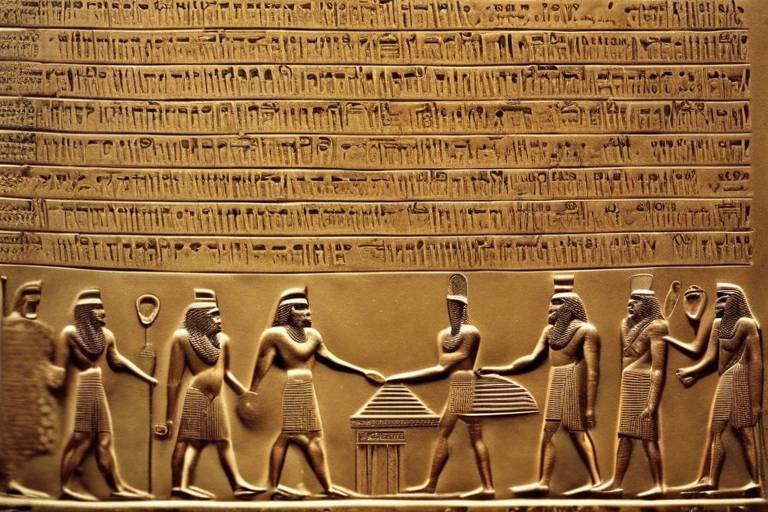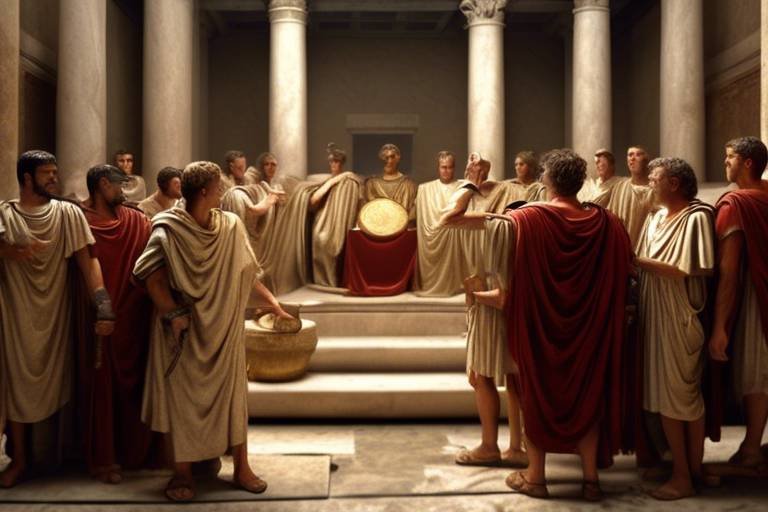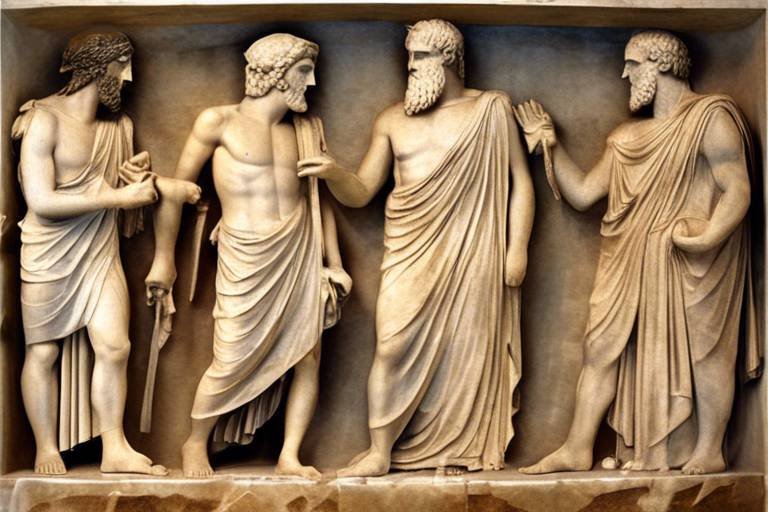The Enigma of the Ancient Sumerian Society
The ancient Sumerian society stands as a captivating enigma in the annals of human history, shrouded in mystery and complexity. This civilization, flourishing in the fertile lands of Mesopotamia, unveils a tapestry of unique cultural, social, and technological advancements that continue to intrigue scholars and enthusiasts alike.
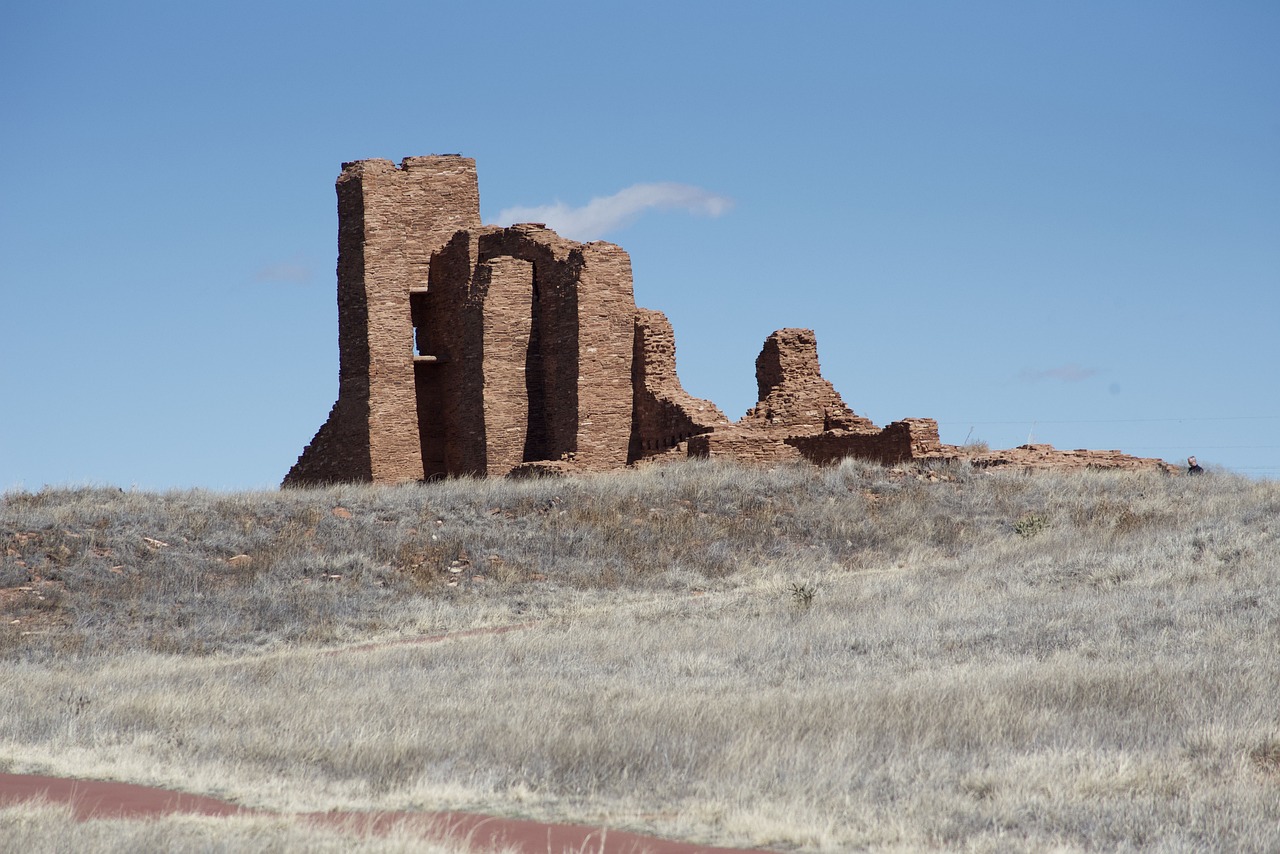
Origins of the Sumerians
The origins of the Sumerians trace back to the ancient lands of Mesopotamia, known as the "cradle of civilization." These early inhabitants settled in the fertile region between the Tigris and Euphrates rivers, where they developed a unique culture and society that would influence future civilizations.
The Sumerians are believed to be one of the earliest urban societies in the world, with evidence of their existence dating back to around 4000 BCE. They were known for their advanced agricultural techniques, which allowed them to harness the fertile soil of Mesopotamia and sustain a growing population.
One of the key aspects of Sumerian society was their city-states, independent political entities ruled by a city and its surrounding lands. Each city-state had its own government, typically led by a king who was believed to have been chosen by the gods to rule over the people.
While the exact origins of the Sumerians remain a subject of debate among historians and archaeologists, it is clear that their contributions to civilization were profound. Their innovations in writing, mathematics, and governance laid the foundation for future societies to build upon.

Social Structure and Governance
When delving into the social structure and governance of the ancient Sumerian society, one is met with a fascinating tapestry of hierarchy and organization. At the very top of the societal pyramid stood the kings, revered as both political and religious leaders. These monarchs wielded immense power and were believed to have been chosen by the gods themselves to rule over the city-states.
Beneath the kings were the priests, who played a crucial role in mediating between the earthly realm and the divine. They oversaw religious ceremonies, maintained temples, and interpreted omens and signs believed to be messages from the gods. The priests held significant influence over the population, shaping both spiritual beliefs and societal norms.
Within Sumerian society, the common citizens formed the foundation upon which the entire civilization rested. Engaged in various occupations such as farming, craftsmanship, and trade, the everyday individuals contributed to the economic prosperity and cultural richness of their city-states. Despite their lower status compared to the elite ruling class, the common citizens played a vital role in sustaining the social fabric of Sumer.
Moreover, the governance systems of the Sumerians were characterized by a unique blend of centralized authority and decentralized city-states. Each city-state had its own ruler, laws, and administrative structure, yet they were interconnected through trade networks and alliances. This decentralized governance allowed for a degree of autonomy while fostering cooperation and mutual benefit among the Sumerian city-states.

Religious Beliefs and Practices
The religious beliefs and practices of the ancient Sumerians were deeply intertwined with every aspect of their daily lives, shaping their worldview and societal structure. At the heart of Sumerian religion was a complex pantheon of gods and goddesses, each associated with specific domains of life and natural elements. From the powerful sky god Anu to the wise goddess of wisdom and warfare, Inanna, the Sumerian deities played crucial roles in maintaining order in the universe and ensuring the prosperity of the people.
Central to Sumerian religious practices were elaborate rituals conducted by priests and priestesses in grand temples dedicated to various deities. These rituals often involved offerings, prayers, and symbolic gestures to honor the gods and seek their favor. The Sumerians believed that maintaining a harmonious relationship with the divine was essential for the well-being of their society, and thus religious ceremonies were conducted regularly with great reverence and devotion.
Moreover, the Sumerians viewed their kings as intermediaries between the mortal realm and the divine, embodying the authority and blessings of the gods. The concept of divine kingship was deeply ingrained in Sumerian culture, with rulers being seen as both political leaders and spiritual figures responsible for upholding cosmic order and ensuring the prosperity of the land.
Additionally, the Sumerians placed great importance on the afterlife, believing in a complex underworld where the souls of the deceased journeyed after death. Funerary practices, such as burial customs and offerings to the deceased, were conducted with meticulous care to ensure a smooth transition to the realm of the dead and secure the eternal well-being of the departed.
Overall, the religious beliefs and practices of the ancient Sumerians reflected a profound reverence for the divine, a deep connection to the natural world, and a complex cosmology that shaped their understanding of existence and the forces that governed it.

Technological Advancements
The ancient Sumerians were pioneers in various technological advancements that laid the foundation for future civilizations. One of their most notable inventions was the development of writing using cuneiform script, a system of wedge-shaped symbols impressed on clay tablets. This innovation revolutionized communication, record-keeping, and administrative tasks, enabling the Sumerians to document their laws, transactions, and religious texts.
In addition to writing, the Sumerians excelled in agricultural practices and irrigation systems. They constructed sophisticated canals and levees to control the flow of water from the Tigris and Euphrates rivers, enabling efficient irrigation of their crops. This mastery of agricultural techniques allowed them to sustain a surplus of food, support a growing population, and establish thriving urban centers.
Furthermore, the Sumerians made significant contributions to mathematics through the development of a numerical system based on the concept of 60. This system laid the groundwork for modern timekeeping (60 seconds in a minute, 60 minutes in an hour) and geometric calculations. Their mathematical innovations were integral to various fields, including astronomy, architecture, and commerce.
Another remarkable technological achievement of the Sumerians was the creation of the wheel. By inventing the wheel, they revolutionized transportation, trade, and the construction of chariots and carts. The wheel symbolized progress and innovation, shaping the future development of wheeled vehicles that became essential for commerce and warfare.
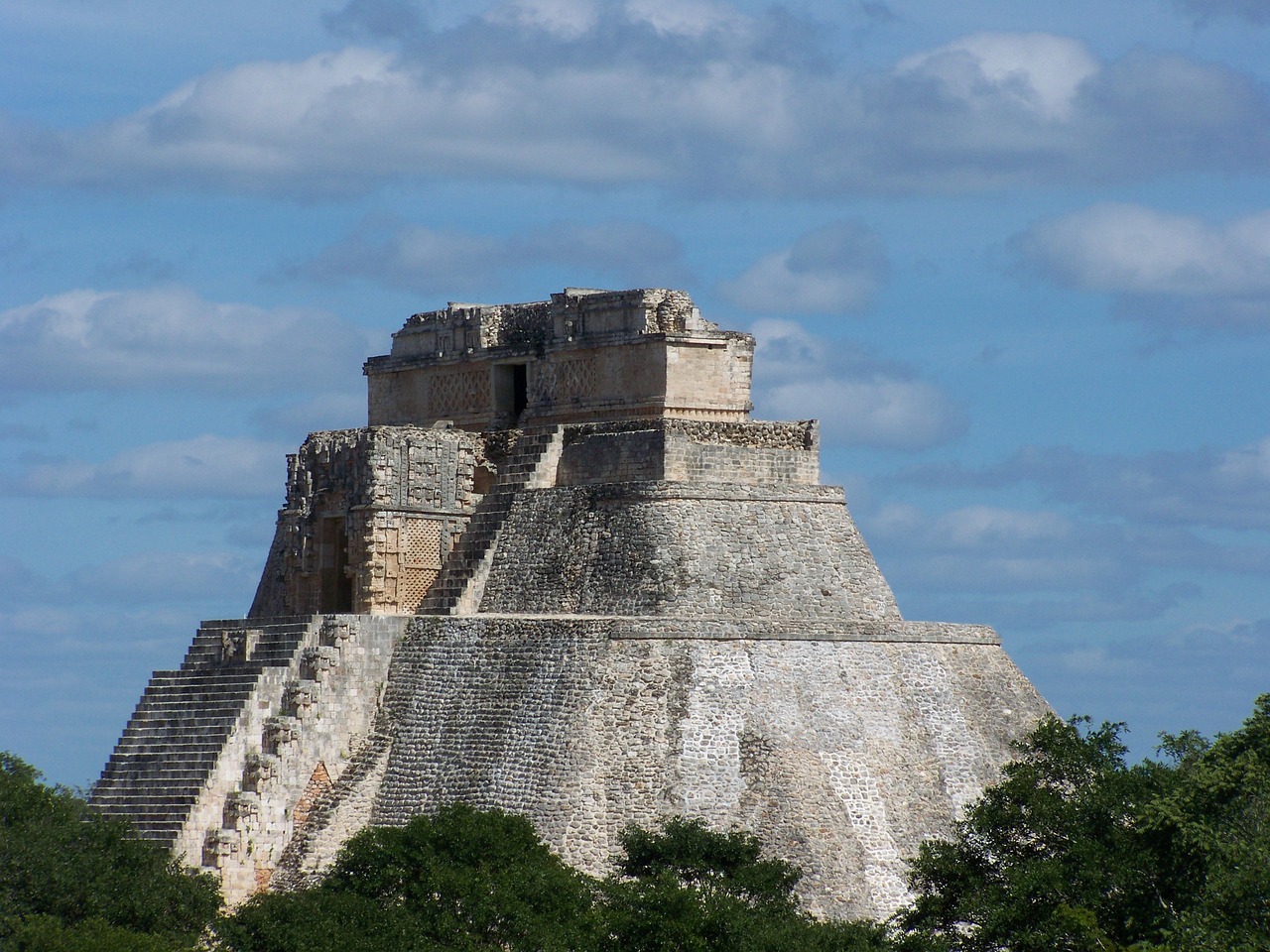
Economic Life and Trade
Exploring the economic life and trade practices of the ancient Sumerian society unveils a complex web of agricultural foundations, sophisticated trade networks, and a burgeoning market economy that set the stage for their civilization's prosperity. The Sumerians, residing in the fertile lands of Mesopotamia, were adept agriculturalists, harnessing the power of the Tigris and Euphrates rivers through innovative irrigation systems to cultivate crops such as barley, wheat, and dates.
Moreover, the Sumerians engaged in extensive trade both within their city-states and with neighboring regions, establishing a robust network that facilitated the exchange of goods and ideas. Their strategic geographical location at the crossroads of ancient trade routes enabled them to access valuable resources such as timber, metals, and precious stones, enriching their economic life and cultural diversity.
The emergence of a structured market economy in Sumerian society marked a significant advancement, with the introduction of standardized weights and measures, the use of clay tokens as an early form of currency, and the development of commercial contracts and agreements to regulate trade transactions. This economic framework provided stability and fostered growth, laying the groundwork for the prosperity that characterized Sumerian civilization.

Art and Architecture
The art and architecture of the ancient Sumerians stand as a testament to their advanced civilization and creative spirit. Their artistic endeavors ranged from intricate pottery to monumental ziggurats, showcasing a blend of skill, symbolism, and cultural significance. The Sumerians were pioneers in the realm of art, with their pottery adorned with intricate designs and motifs that reflected their daily life, religious beliefs, and connection to the divine.
One of the most remarkable aspects of Sumerian art is the use of cylinder seals, small engraved cylinders made of stone, used to create impressions on clay tablets. These seals served both practical and symbolic purposes, acting as signatures for documents and as amulets for protection. The intricate designs on these seals depicted scenes from mythology, religion, and everyday life, providing valuable insights into Sumerian society.
When it comes to architecture, the Sumerians are best known for their impressive ziggurats, massive stepped structures that served as temples to the gods. These towering edifices were built with mud bricks and rose high above the flat landscape of Mesopotamia, symbolizing the connection between heaven and earth. The most famous of these ziggurats is the Great Ziggurat of Ur, dedicated to the moon god Nanna.
City planning was also a significant aspect of Sumerian architecture, with well-organized urban centers featuring intricate street layouts, public buildings, and residential areas. The city of Ur, for example, boasted a sophisticated water system with underground drainage channels and a centralized marketplace where trade and commerce thrived.
The Sumerians' architectural achievements not only served practical purposes but also reflected their religious beliefs and social hierarchy. The grandeur of their temples and public buildings, adorned with intricate carvings and decorative elements, showcased their devotion to the gods and their desire to create lasting monuments to their civilization.
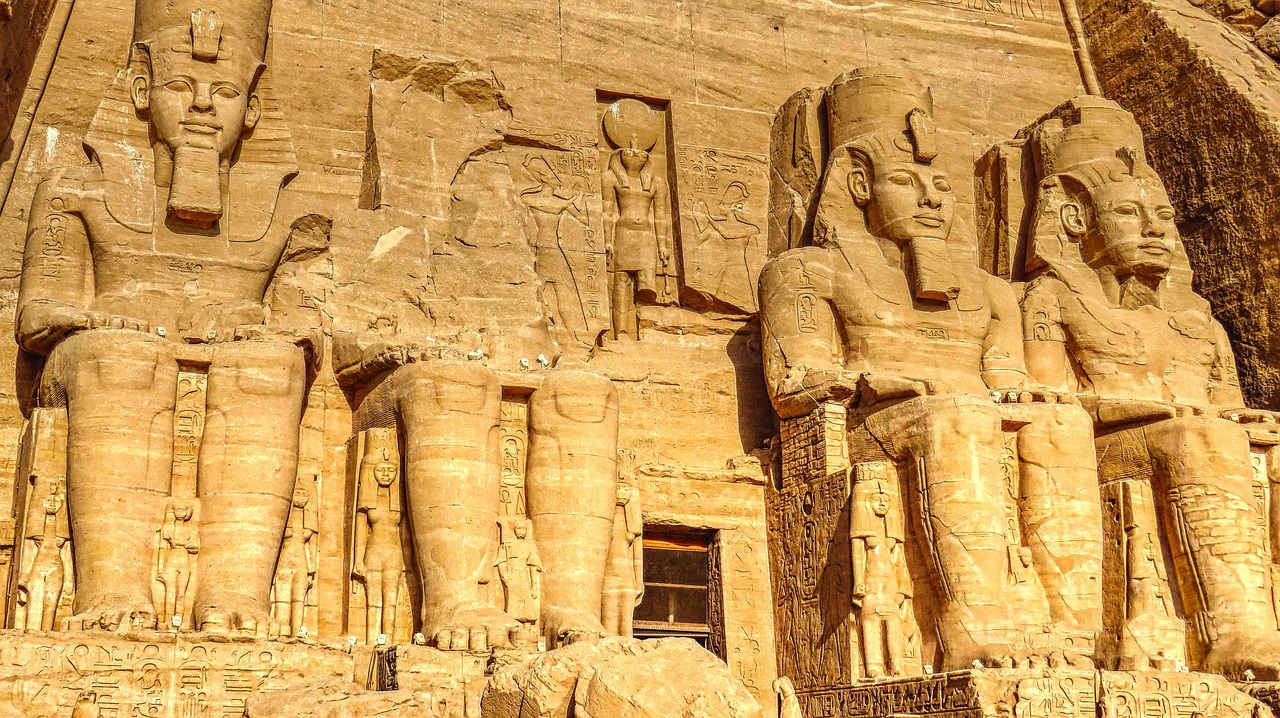
Decline and Legacy
As we delve into the enigmatic history of the ancient Sumerian society, we cannot overlook the eventual decline and enduring legacy that marked the end of this remarkable civilization. The once thriving city-states of Sumer faced a multitude of challenges that ultimately led to their downfall, leaving behind a legacy that continues to intrigue historians and archaeologists to this day.
One of the primary factors contributing to the decline of the Sumerian civilization was the constant threat of invasions from neighboring regions. The fertile lands of Mesopotamia attracted the attention of ambitious conquerors, leading to conflicts that weakened the Sumerian city-states and eventually led to their conquest.
Environmental challenges also played a significant role in the decline of Sumer. The region faced periodic droughts, floods, and other natural disasters that disrupted agricultural activities, the backbone of Sumerian society. These environmental hardships strained resources and contributed to social unrest.
Internal conflicts and power struggles among the city-states further exacerbated the decline of the Sumerian civilization. Rivalry over resources, territory, and influence led to fragmentation and weakened the once unified society, making it more vulnerable to external threats.
Despite the decline and eventual disappearance of the Sumerian city-states, their legacy endured through the contributions they made to future societies. The Sumerians laid the foundation for complex urban societies, writing systems, and legal codes that influenced later civilizations in Mesopotamia and beyond.
Their innovations in agriculture, mathematics, and governance left a lasting impact on human history, shaping the development of subsequent civilizations and contributing to the collective knowledge of humanity. The legacy of the ancient Sumerians serves as a testament to the enduring influence of early human societies on the course of civilization.

Modern Discoveries and Interpretations
Modern Discoveries and Interpretations in the field of Sumerian studies have brought forth a wealth of new insights and challenges to our previous understanding of this ancient civilization. Recent archaeological excavations have unearthed fascinating artifacts and texts that provide a deeper understanding of Sumerian culture and society.
One of the most significant discoveries in recent years is the decipherment of new cuneiform tablets, shedding light on various aspects of Sumerian life, including their economic activities, religious practices, and political structures. These texts have allowed researchers to reconstruct historical events and gain a more nuanced view of Sumerian society.
Moreover, advancements in scientific techniques, such as DNA analysis and radiocarbon dating, have enabled scholars to trace the genetic origins of the Sumerians and accurately date archaeological sites. These scientific methods have revolutionized our understanding of the timeline and migration patterns of the ancient Sumerian people.
Interdisciplinary studies combining archaeology, linguistics, and anthropology have led to new interpretations of Sumerian art, architecture, and symbolism. Researchers are now able to connect the dots between different aspects of Sumerian culture, revealing intricate connections and meanings that were previously overlooked.
Furthermore, collaborative efforts between international teams of experts have brought together diverse perspectives and expertise, leading to innovative research projects and collaborative publications that push the boundaries of Sumerian studies. These collaborations have fostered a dynamic and inclusive environment for exploring the mysteries of the ancient Sumerian civilization.
Frequently Asked Questions
- What were the major contributions of the Sumerians to human civilization?
The Sumerians made significant contributions in various fields such as writing, mathematics, agriculture, and urban planning. They are credited with the invention of writing using cuneiform script, which laid the foundation for written communication. Additionally, their advancements in agriculture, including the use of irrigation systems, revolutionized food production. The Sumerians also developed early mathematical concepts and architectural techniques that influenced future societies.
- How did the Sumerian social structure function?
The Sumerian society was hierarchical, with kings at the top followed by priests, bureaucrats, artisans, and common citizens. The king held both political and religious power, acting as an intermediary between the gods and the people. Priests played a crucial role in religious ceremonies and maintaining temples. Artisans were skilled craftsmen who produced goods for trade, while common citizens engaged in various occupations such as farming and labor.
- What led to the decline of the Sumerian civilization?
The decline of the Sumerian civilization was influenced by factors such as invasions by neighboring empires, environmental challenges like droughts and floods, and internal conflicts among city-states. The constant warfare and resource depletion weakened the Sumerian city-states, ultimately leading to their downfall. However, their legacy in terms of culture, technology, and governance continued to influence subsequent civilizations in the region.








